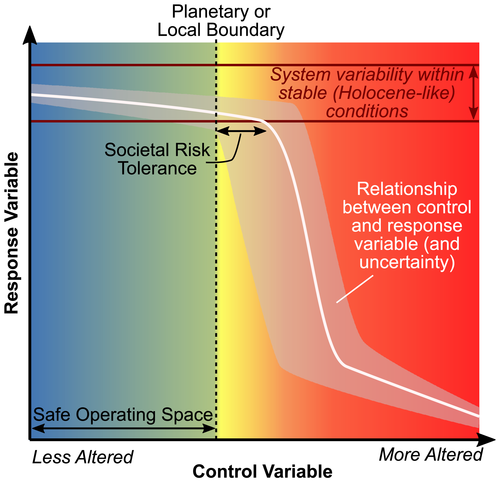Water Stewardship
Description
Including water stewardship; water risk analysis; integrated watershed planning; integrated water resources management; rights related to water; water access for community, cultural, and navigation purposes.
Share this Subissue on:LinkedIn
Resources
Implementing the OECD Principles on Water Governance
The report from the OECD was created to support governments and stakeholders in addressing challenges and pressures from megatrends on water demand and supply through more effective governance and institutions. It features two tools to strengthen water policies: the OECD Water Governance Indicator Framework, which is a voluntary self-assessment tool, and 50+ practices that illustrate the OECD Principles on Water Governance. The self-assessment tool was created to support multi-stakeholder dialogue on the performance of water governance systems, and will be particularly beneficial to corporations. It takes a contextual, place-based approach that will help you to measure, assess, and take action on water-related goals.
Unpacking Water Governance: A Framework for Practitioners
This research paper from the Stockholm International Water Institute can help you better understand water governance and how to improve it. Although it is an academic paper, the paper outlines a practical framework for unpacking water governance. The authors describe eight core governance functions and their application to different water issues. It then defines a set of good governance attributes and outcomes.
Although parts of this framework are intended for the public sector, it remains broadly applicable to sustainability practitioners involved in water stewardship in the private sector.
Integrating the Water Planetary Boundary With Water Management From Local to Global Scales
The water planetary boundary within the Planetary Boundaries Framework attempts to provide a global limit to anthropogenic water cycle modifications, but it has been challenging to translate and apply it to the regional and local scales at which water problems and management typically occur. This report introduces a cross-scale approach that accounts for fair share and local safe operating space to guide sustainable water management within varying contexts.
OECD Water Governance Indicator Framework
This guide is based on the OECD report Implementing the OECD Principles on Water Governance, and was created to support the implementation of the Principles. The Framework is composed of 36 water governance indicators (input and process) and a checklist containing 100+questions on water governance. It also includes a self-assessment toolkit by principle that can help you to assess the state of play of water governance policy frameworks, institutions, and instruments, as well as their needed improvements over time.
Water Stewardship Maturity Framework
This framework from the International Council on Mining and Metals (ICMM) can help you understand how water stewardships applies to the extractives sector. It features a maturity model that outlines five key elements of water stewardship: governance and strategy, risks and opportunities, business planning integration, measurement, and reporting. Within each element there is a set of practices grouped into three levels of maturity (basic, advanced, and leading), enabling you to assess your maturity and identify opportunities to improve. The framework is also aligned with external guidance such as the Taskforce for Nature-related Financial Disclosure (TNFD) and Global Reporting Initiative (GRI).
Advancing Water Stewardship Through Supplier Collaboration
This guide, created in collaboration with WWF and AstraZeneca, can help you to advance credible water action by addressing material impacts on water across your full value chain. The guide identifies potential pathways for cooperation with suppliers, and groups them into five categories: operational enhancements, financial activation, advocacy engagement, industry alignment, and procurement incentivisation. Each pathway includes specific actions to engage suppliers and explains their potential benefits. This practical resource will be most useful to supply chain management and sustainability professionals.



